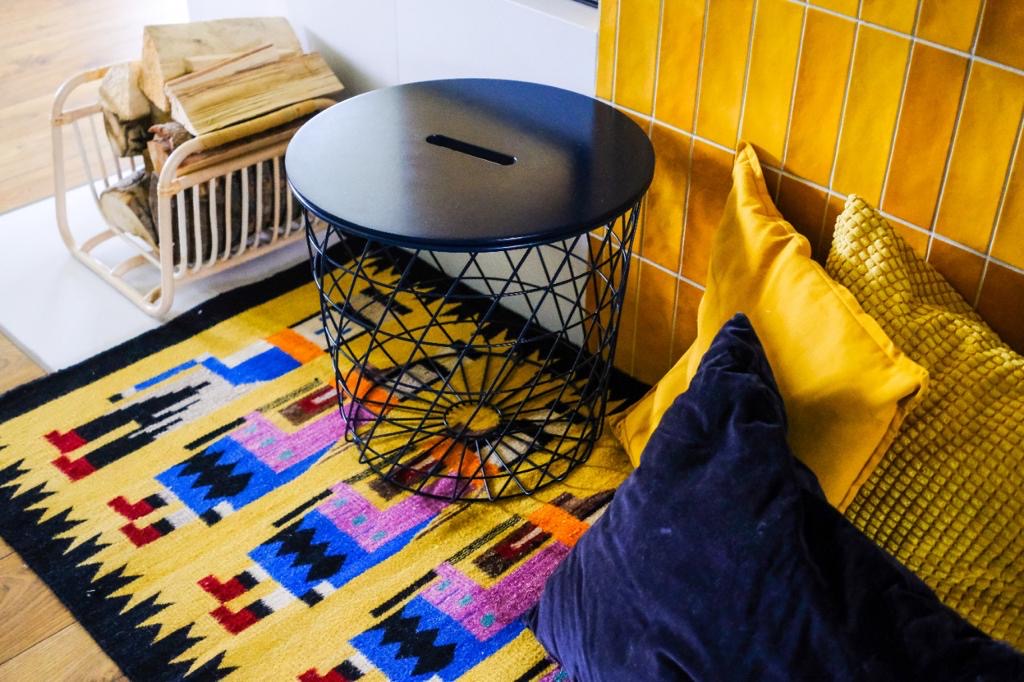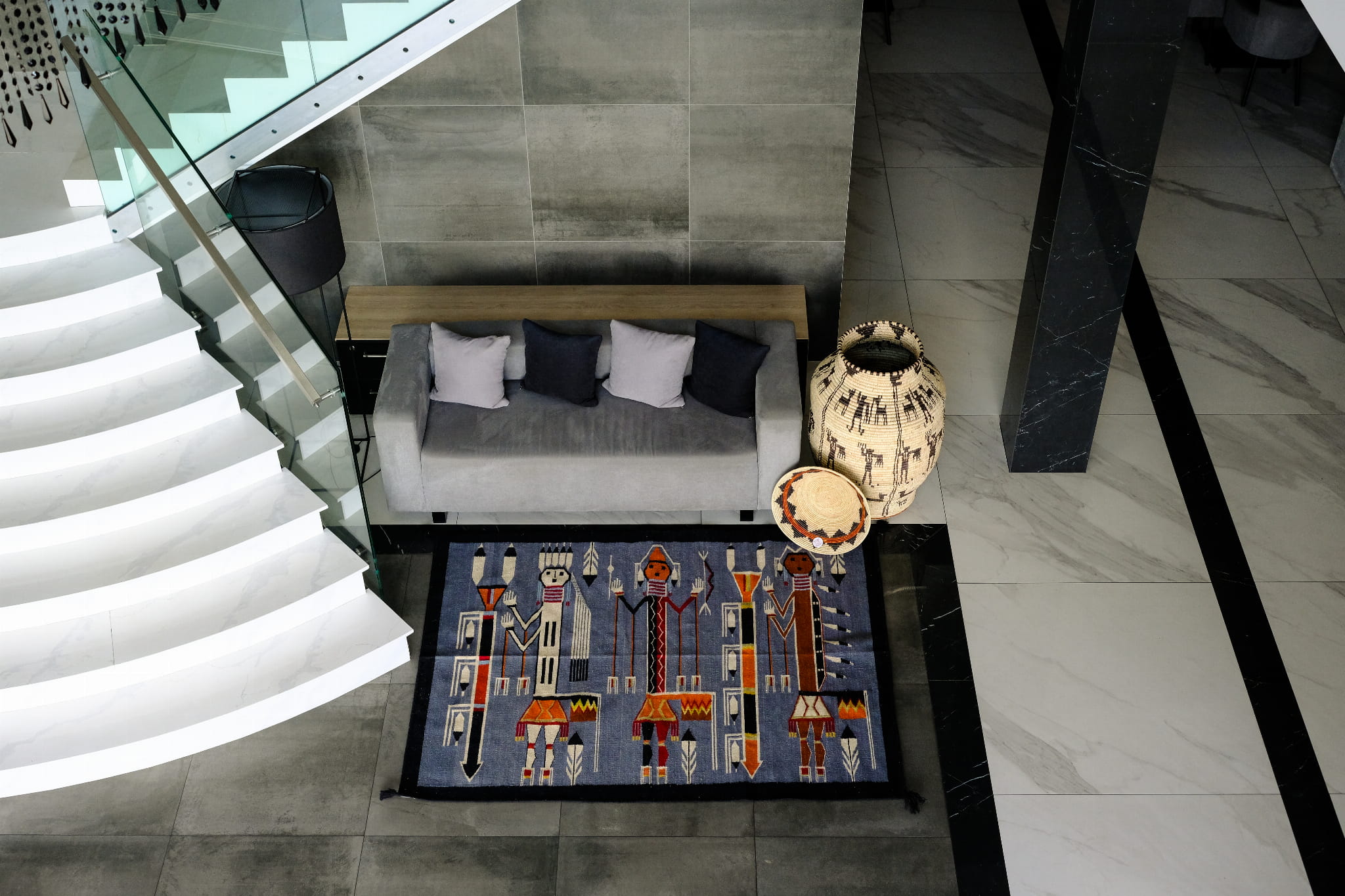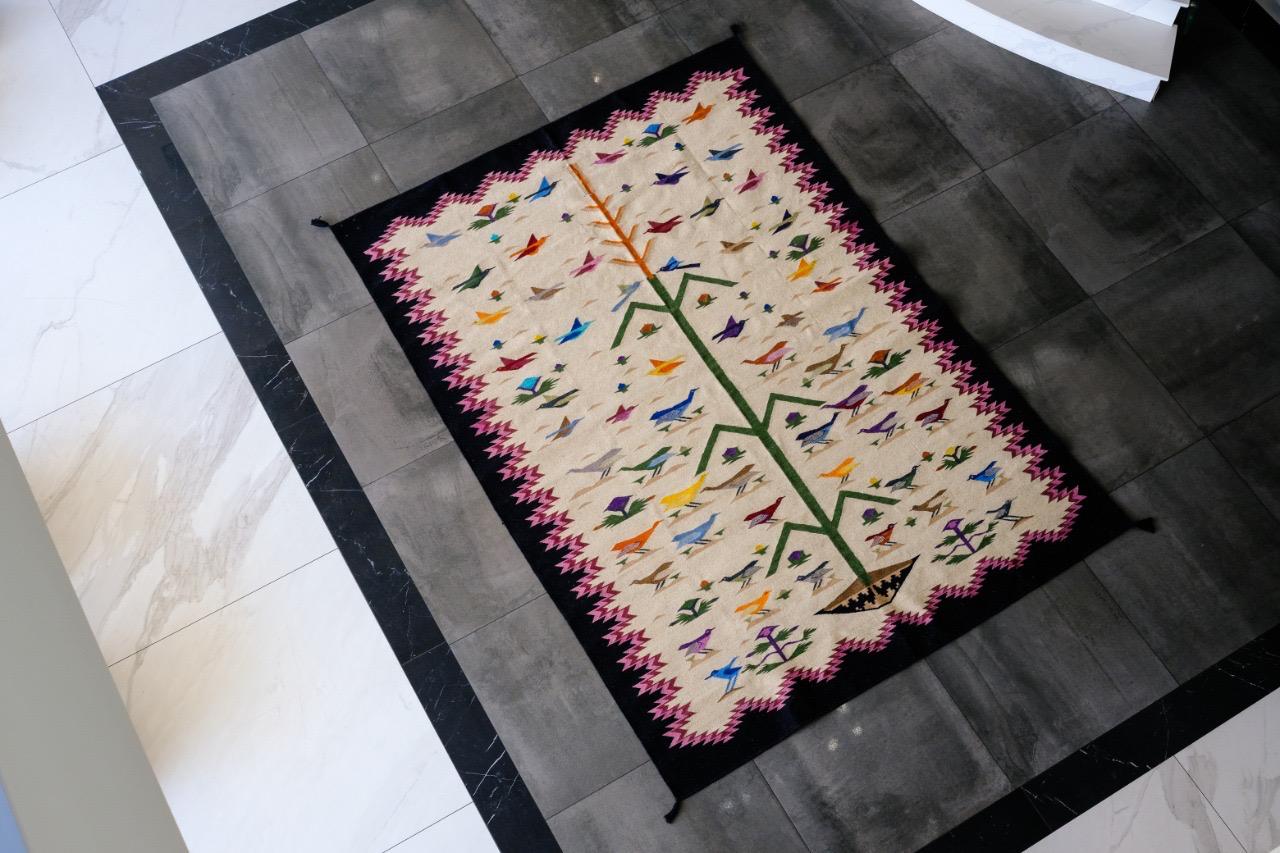Hand-woven dhurries - origin
Dhurrie (also dhurri, durrie, durry or dari) is a term used in India and Pakistan for hand-woven flat rugs and carpets. Dhurries are made from a variety of materials: wool, cotton, jute and silk, as well as blends of these fibers. Dhurrie patterns vary, depending on the place of origin. Flat-woven ethnic rugs with multicolored stripes or geometric patterns are common. Dhurries are made on horizontal looms and are woven by one or two weavers. The maximum width of a dhurrie is 24 inches.

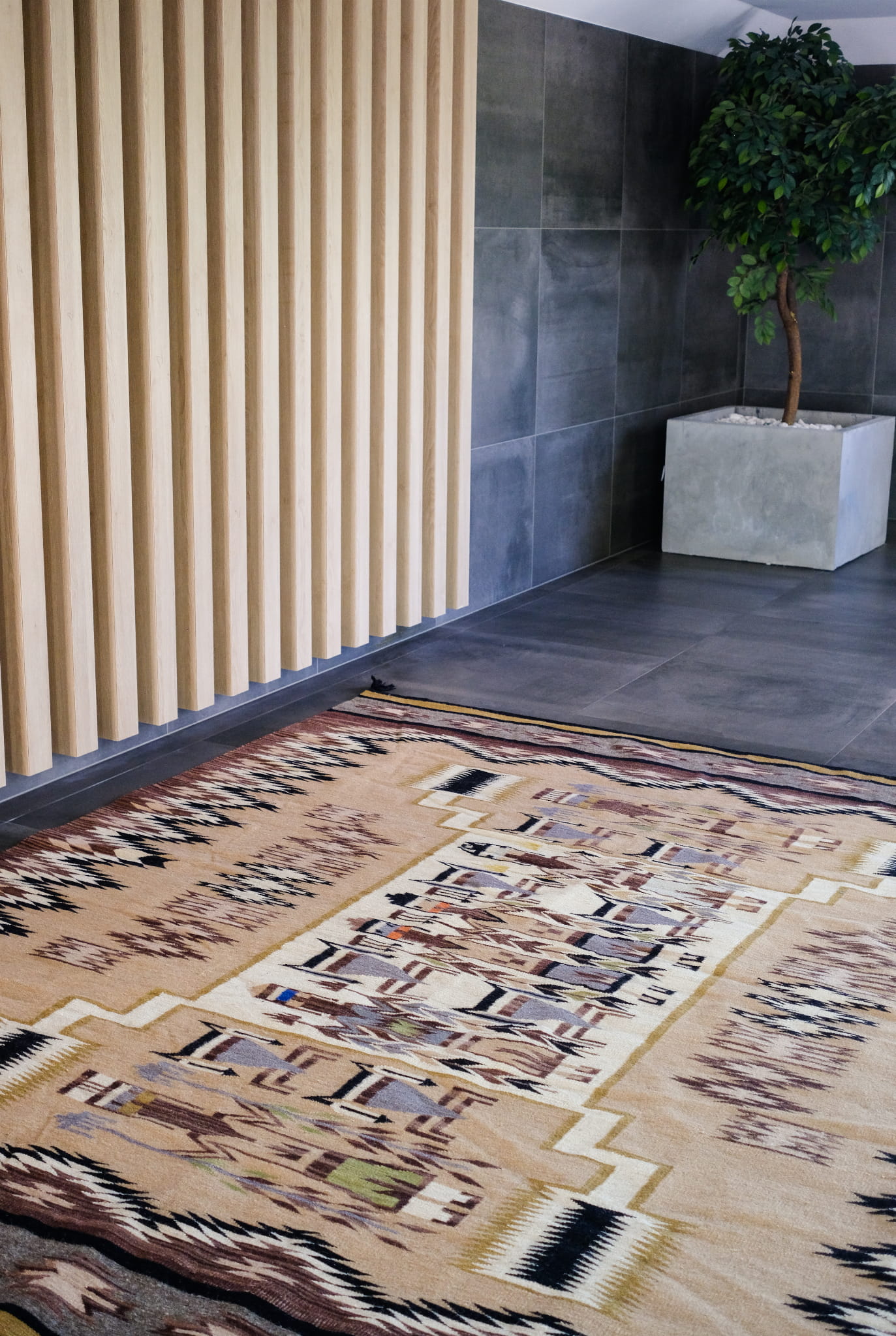
How to distinguish between a dhurrie and a kilim?
There are often doubts about how to distinguish between dhurries and kilims, which is not easy, especially in the case of modern fabrics. In the past, dhurries were thinner than kilims due to their different practical applications. First of all, they were also created in different regions of the world: kilims in the Middle East, and dhurries in Central Asia and India. They could be easily folded and carried, which was especially important for nomadic tribes. They were used as sheets for wrapping various things, covering tables, beds or floors. Nowadays, the differences between dhurries and kilims have basically disappeared, sometimes these names are used interchangeably. They are also woven from the same types of fibers, and their thickness, patterns and colors are also no longer directly related to local symbols and styles. The flow of trends and the mutual influence of cultures have intensified especially in the era of information technology.
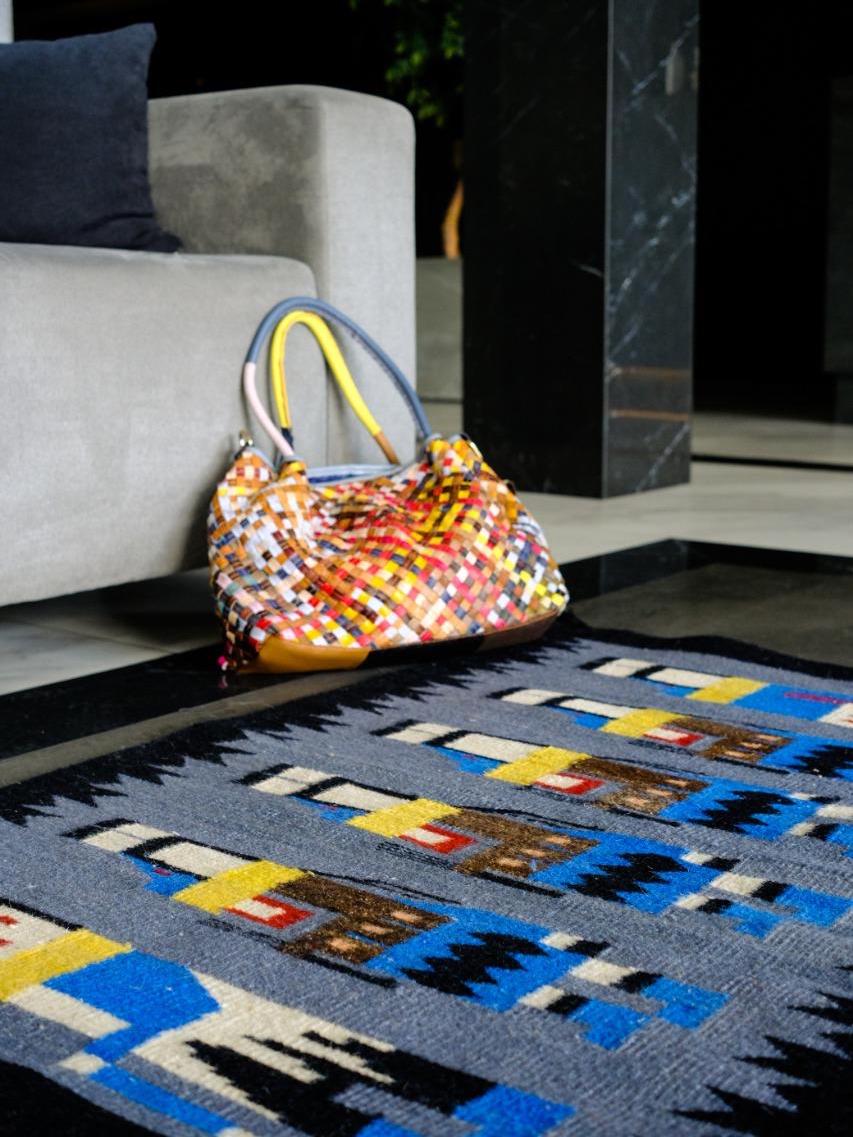
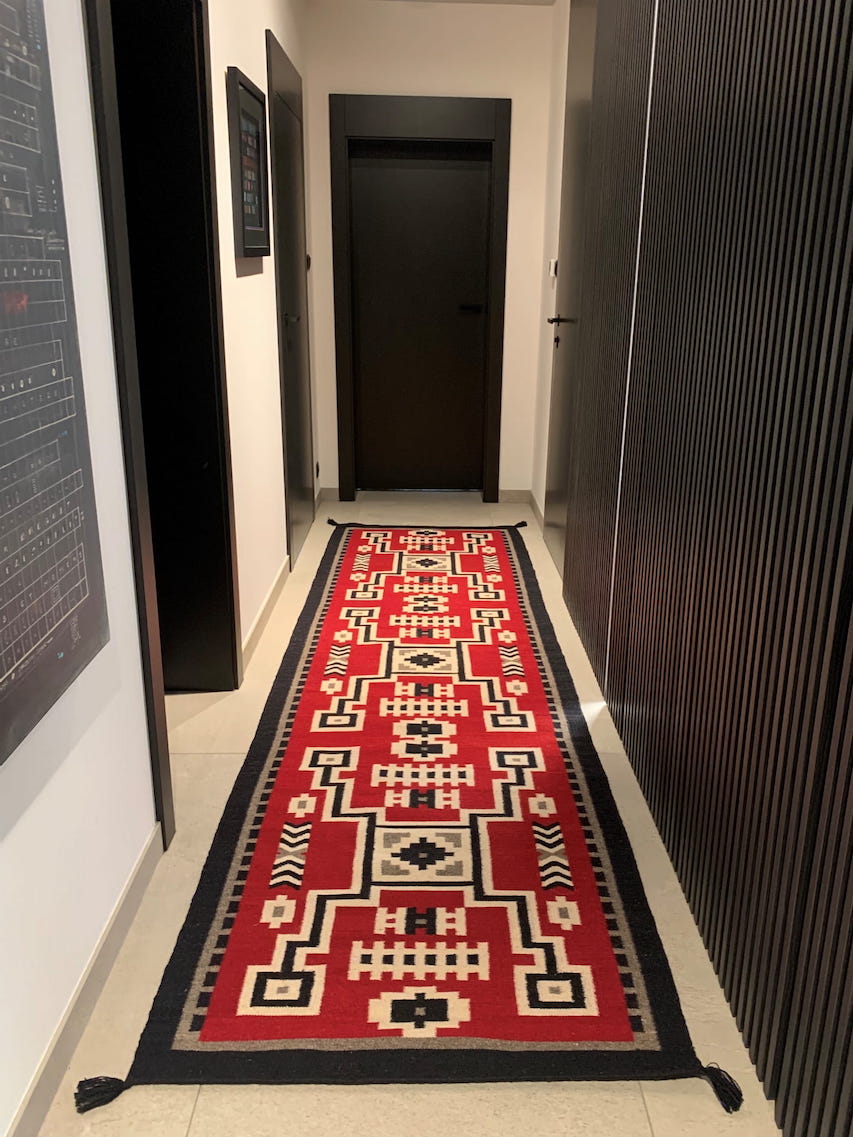
Tree of Life Symbol on Dhurrie
The craft of weaving has completely disappeared in many parts of the world, for example in Europe and the United States. However, traditional dhurrie patterns hand-made by indigenous Indian tribes are still alive thanks to the creation of these flat-woven carpets in Central and South Asian countries, based on old patterns. A common decorative motif of dhurries is the so-called tree of life, a symbol present in many cultures and religions. It is a universal reference to life, rebirth and longevity, and also presents the flow of energy and matter in the world around us. The tree of life is often depicted in the garden of Eden, with lots of birds and animals, symbolizing love, abundance and care.
Hand-woven sumacs
The name sumak comes from the Shemaka settlement in the Caucasus, where this weaving technique was widely used. The technique of weaving sumak was popularized around the 17th century by the Shahsavan tribe, originating from Central Asia, from the areas of present-day Azerbaijan and northwestern Iran. It spread from there to the Caucasus and Turkey. Sumak is a decorative fabric produced on the principle of flat weaving, thick, strong and exceptionally durable. It can be quite thin, due to the thickness of the yarn used, often silk. Unlike kilim, sumak is not double-sided.
What are sumacs woven from and what patterns are they decorated with?
Antique sumacs are usually woven from very thin threads and depict geometrical figures of birds and animals, as well as ancient tribal symbols. They also depicted images of Persian gardens, surrounded by a richly decorated border. They are currently used as decorative fabrics, also in contemporary interiors, due to their geometrical, synthetic patterns and perfectly balanced color range and excellent material quality. They perfectly enliven modern interiors and add softness to minimalist decor.
How can you use sumac in interior design?
Sumacs are perfect as a fabric for decorating floors, but they are also used to make bags, saddle covers, bed and sofa covers, and other useful household items. They also work very well as an upholstery fabric in luxury furniture. These are rare fabrics, especially when hand-woven, and therefore expensive. You can find kilim pillows made of hand-woven sumac, which are usually several times more expensive than wool and cotton ones.
